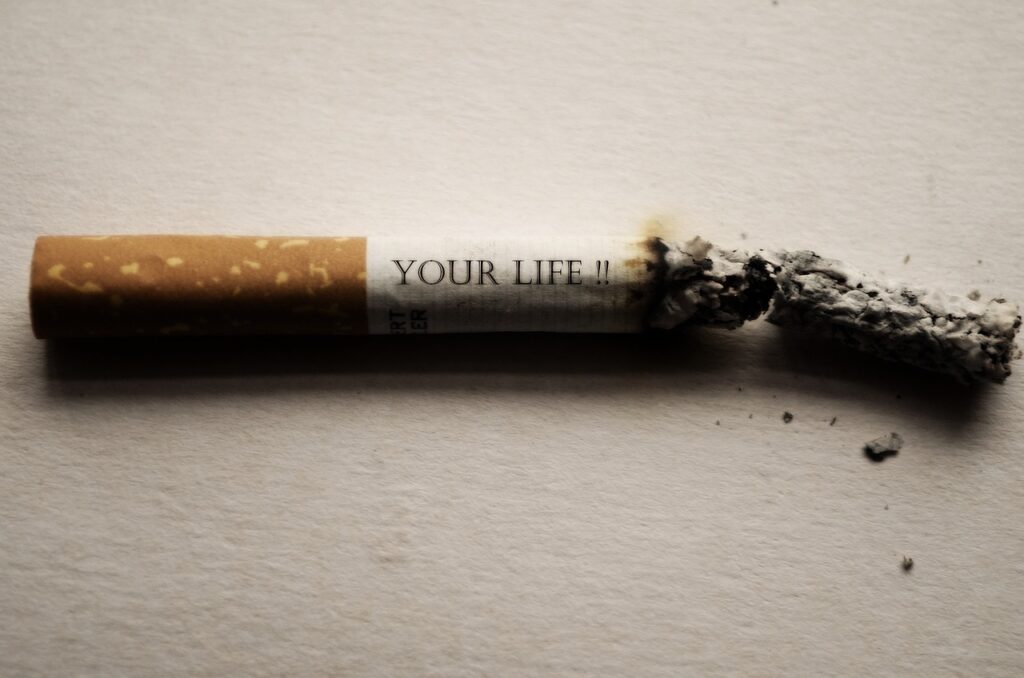“Learn about the dangers of secondhand smoke and the urgency of banning smoking in public places. Protect non-smokers’ health, reduce pollution and fire hazards, and create a healthier environment. Read our article to find out more.”

Smoking in public places is a controversial issue that has sparked a great deal of debate in recent years. While smokers may argue that they have the right to smoke wherever they please, the dangers of secondhand smoke cannot be ignored. In this article, we will explore the reasons why smoking in public places should be banned.
First and foremost, secondhand smoke is a serious health hazard. More than 7,000 synthetic chemicals are included in it, including roughly 70 that can lead to malignant development. When smokers light up in public places, they expose non-smokers to these toxic chemicals, putting their health at risk. Children and pregnant women are especially vulnerable to the dangers of secondhand smoke, and exposure to it has been linked to a range of health problems, including lung cancer, heart disease, and respiratory problems.
In addition to the health risks, smoking in public places can also be a nuisance for non-smokers. The smell of cigarette smoke can be unpleasant and linger for hours after the smoker has left the area. Non-smokers should not have to endure the unpleasant odor of smoke in public places, especially in places like restaurants, bars, and parks where people go to relax and enjoy themselves.
“Banning Smoking in Public: Protecting Health and Improving Environment
Another reason why smoking in public places should be banned is that it can lead to the creation of designated smoking areas. These areas can often become cluttered with cigarette butts and ash, creating unsightly and unhealthy environments. Furthermore, they can also pose a fire hazard and be a source of pollution.
Finally, banning smoking in public places sends a strong message that smoking is not acceptable and reinforces the idea that smoking is harmful to health. This can help to discourage smoking, especially among young people who are more likely to take up the habit if they see others smoking in public.
In conclusion, the dangers of secondhand smoke, the unpleasant odor it creates, the creation of designated smoking areas, and the health risks it poses make it clear that smoking in public places should be banned. By doing so, we can help to protect the health of non-smokers, reduce pollution and fire hazards, and create a healthier and more pleasant environment for all.



